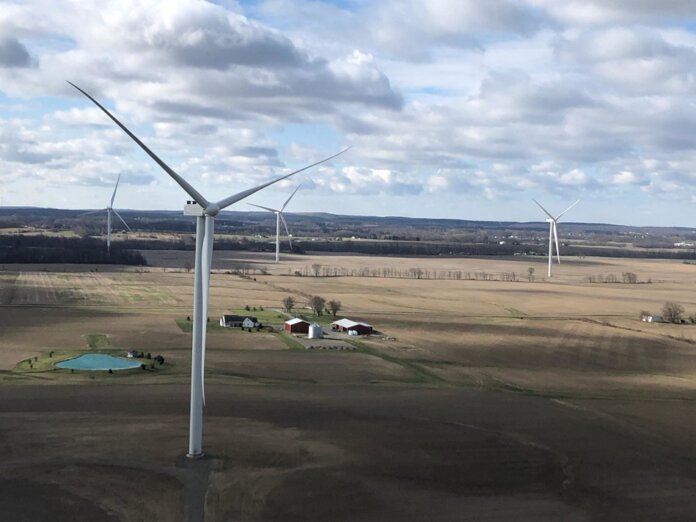With its new Growing Green strategy, RWE has revealed it is investing €50 billion gross in its core business. That means an average of €5 billion gross each year for offshore and onshore wind, solar, batteries, flexible generation and hydrogen. The company is thus expanding its portfolio by 25 GW net to 50 GW in Europe, North America and the Asia-Pacific Region.
Net capacity is to be added at an accelerated pace. Previously, RWE aimed to increase its total capacity by an average of 1.5 GW per year. In future, this figure is to average 2.5 GW per year – an increase of 70%. This also includes green hydrogen: By the end of the decade, RWE aims to build up its own net 2 GW of electrolyzer capacity.
As a consequence, adjusted EBITDA (earnings before interest, taxes, depreciation and amortization) in the core business will increase substantially, to a planned €5 billion by 2030, likely more than twice the figure for the current fiscal year. In the short-term too, RWE’s earnings situation is developing well; the company is thus raising its current forecast for fiscal 2022.
“Our new strategy not only paints a clear picture of how our company will develop between now and 2030; it also shows that we are financially strong and will be financing our green growth with green funds,” says Michael Müller, CFO of RWE AG. “Our growth program adds value and is sustainable.”
“We also want our shareholders to benefit from the growth in our earnings,” Müller continues. “For fiscal 2021, the company plans to increase the dividend to 90 euro cents per share. We intend to keep our dividend at a floor of 90 euro cents per share in the coming years. In the long-term, we aim for a pay-out ratio to our shareholders of 50 to 60 percent of adjusted net income.”
By 2030, RWE intends to triple its offshore wind capacity from 2.4 GW to 8 GW. These activities are focused on Europe as well as North America and the Asian markets. For onshore wind and solar, RWE is expanding its installed generation capacity from 7 GW to 20 GW; the emphasis here is split roughly fifty-fifty between the two, in both Europe and in North America. This will take advantage of the particular potentials offered by solar: capacity is to be increased from less than 1 GW to 8 GW. The battery storage business is also clearly focused on growth. The company is already involved in projects representing an installed battery capacity of more than 0.6 GW, and this figure is to grow to 3 GW by 2030.
“RWE can deliver what the green energy world needs: electricity from wind and sun, for which the demand is increasing more and more; storage systems and flexible generation capacity to secure supply; expertise and drive to ramp up the hydrogen economy; integrated customer solutions to supply industry with green energy; and a massive reduction in CO2 to contribute towards the achievement of the Paris Agreement targets,” says Markus Krebber, CEO of RWE AG.
RWE will harness growth opportunities for flexible electricity supply in its traditional markets in particular and will contribute towards security of supply by building flexible generation capacities. With an installed capacity of 14 GW, RWE is currently operating the second-largest gas-fired power station fleet in Europe. Additional plants with a generation capacity of at least 2 GW, which will have a clear decarbonization roadmap, are planned. Furthermore, a roadmap for “green conversion” will also be developed for all existing power stations.
RWE will also significantly expand its trading in green energy sources and its range of tailored energy solutions for large customers. The company also plans to open up new business opportunities in the areas of hydrogen and ammonia importing, in order to supply industry in Europe.




